Okjeongho Lake Gujeolcho Theme Park (옥정호 구절초테마공원)
12.1Km 2025-01-16
Maejuk-ri, Jeongeup-si, Jeonbuk-do
+82-63-539-6171
Okjeongho Lake Gujeolcho Theme Park was officially formed in 2006 in an area that used to be called Manggyeongdae Terrace. Out of the park’s 12 hectare of land, approximately 5 hectare of land is filled with Gujeolcho (Siberian chrysanthemum) and a pine tree forest. The park also has walking paths and rest areas for visitors to enjoy.
European Village Engelberg (유럽마을 엥겔베르그 )
12.4Km 2025-01-20
503 Chungjeong-ro, Jeongeup-si, Jeonbuk-do
European Village Engelberg is a village-style resort that consists of a senior townhome and a wellness resort. All buildings are built with wood and inspired by European-style architectural design. Derived from a village in Swizterland, the name means "Angel's Mountain," and the European Village Edenberg overall demonstrates a striking resemblance to cities and villages in Switzerland or southern Germany.
Jeongeupanu (정읍한우)
13.0Km 2024-04-07
2, Hwapyeong-gil, Jeongeup-si, Jeonbuk-do
+82-63-533-6492
It is a place with a large parking area that sells only 100% Jeongeup Korean beef. This Korean dishes restaurant is located in Jeongeup-si, Jeollabuk-do. The most famous menu is Korean beef tartare bibimbap.
Museongseowon Confucian Academy [UNESCO World Heritage] (무성서원 [유네스코 세계문화유산])
14.3Km 2025-01-17
44-12 Wonchon 1-gil, Chilbo-myeon, Jeongeup-si, Jeonbuk-do
Museongseowon Confucian Academy was built in 1615 to honor Silla's scholar Choe Chiwon (857-?). An important cultural heritage for understanding the principles of Confucianism and culture of the Joseon dynasty, it is recognized as a representative example of seowon architecture and listed as a UNESCO World Heritage Site. The traditional architecture still remains, and the surrounding scenery, including old ginkgo trees, is beautiful.
National Center for Forest Activities, Jangseong (국립장성숲체원)
14.7Km 2025-10-23
353 Bangjang-ro, Bugi-myeon, Jangseong-gun, Jeollanam-do
The National Center for Forest Activities, Jangseong provides high-quality forest education and forest therapy services by leveraging its location surrounded by Bangjangsan Mountain, boasting superb natural/geological conditions. Chungnyeongsan Mountain is also here and is home to the National Jangseong Healing Forest, the largest subtropical forest plantation in the country.
Bangjangsan National Recreational Forest (국립 방장산자연휴양림)
15.1Km 2025-01-08
353, Bangjang-ro, Jangseong-gun, Jeollanam-do
+82-61-394-5523
Situated between Jeollanam-do and Jeollabuk-do, Bangjangsan National Recreational Forest is the highest rising peak along the ridge starting from the west of Naejangsan Mountain. The recreational park is located on the mid-slope of Bangjangsan Mountain. Many species of wild flowers and broad-leaved trees are distributed all over Bangjangsan Recreational Forest where an exciting paragliding contest takes place annually. This is a great place to unpack and take a break for one or two days as it has accommodation facilities, promenades and trekking courses as well as a small area for splashing in the water. It takes approximately three hours to the mountain's summit from the recreational forest. In addition, there is a trekking path that leads to the Seokjeong Hot Springs on the way down the mountain.
Damyangho Lake (담양호)
15.4Km 2025-01-10
Geumseongsanseong-gil, Damyang-gun, Jeollanam-do
+82-61-380-3150
Damyangho Lake is a man-made lake, created in 1976 with the construction of a dam on Yeongsangang River. The lake is set at the base of the picturesque Chuwolsan and Geumseongsan Mountains, and its crystal clear water is the habitat of many different freshwater fish species including pond smelt, catfish, snakehead, carp and leather carp. With Damyangho Lake at the center, the area is surrounded by Chuwolsan Tourism Area, Gamagol Youth Camping Grounds and Geumseong Mountain Fortress. The mountain’s lakeside road, which passes through a tunnel at the mid-section of the mountain, is a popular scenic driving road.
Sangnoksu Sanjang (상록수산장)
15.8Km 2024-02-19
378 Yongheungsa-gil, Wolsan-myeon, Damyang-gun, Jeollanam-do
Sangnoksu Sanjang is a restaurant located in the Yongheungsa Valley of Yonggusan Mountain in Damyang. Its signature menu is baeksuk (whole chicken soup). Visitors can enjoy this dish while dipping their feet in the cool waters of the valley during the summer, experiencing the unique Korean tradition of enjoying a healthy meal while refreshing oneself in the clear stream water and lush greenery of the forest.
Gochang Wellparkcity (고창웰파크시티)
16.0Km 2025-10-23
173, Seokjeong 2-ro, Gochang-eup, Gochang-gun, Jeonbuk-do
Gochang Wellparkcity, located in Gochang-eup, Gochang-gun, is Korea’s largest integrated healing complex, spanning 1,501,011.3㎡. It offers a wide range of facilities, including Healing County, Seokjeong Hue Spa, dining, massage, and medical services. Visitors can enjoy both tourism and leisure at this family-friendly resort. It is also a representative leisure and recreation facility where guests can take part in immunity-strengthening programs while staying in clay and cypress wood pensions. Seokjeong Hue Spa uses hot spring water containing germanium for therapeutic baths. The lockers, dining areas, and convenience amenities can accommodate up to 2,000 users simultaneously. Other facilities include Seokjeong Wellpark Hospital for health and recuperation after retirement; Gochang Tower, a silvertown for systematic health management and retirement preparation; and the family-oriented Seokjeong Hill Country Club for golf.
Seok Jeong Hill C.C. (호텔석정힐)
16.1Km 2024-12-24
192 , Seokjeong 2-ro, Gochang-gun, Jeonbuk-do
+82-63-563-7711
Seokjeong Resort is a 5 minutes drive from the Seokjeong Hill Country Club golf course in Gochang, Jeonbuk-do. It is mainly frequented by golf course users, but general travelers are also welcome. The hotel provides clean, comfortable rooms and has a seminar room for group events and business meetings.

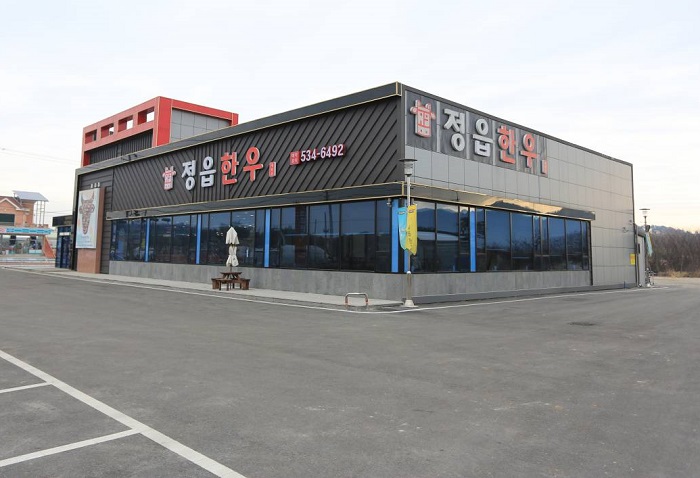
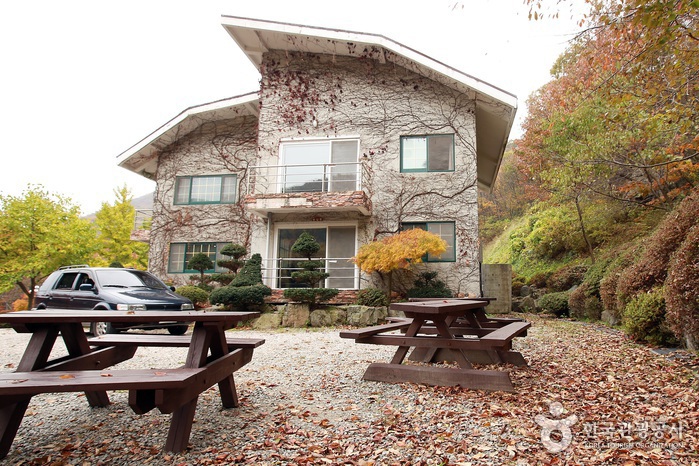
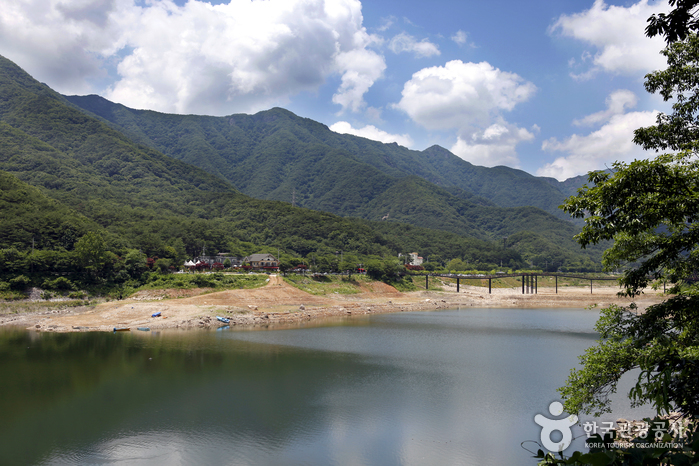
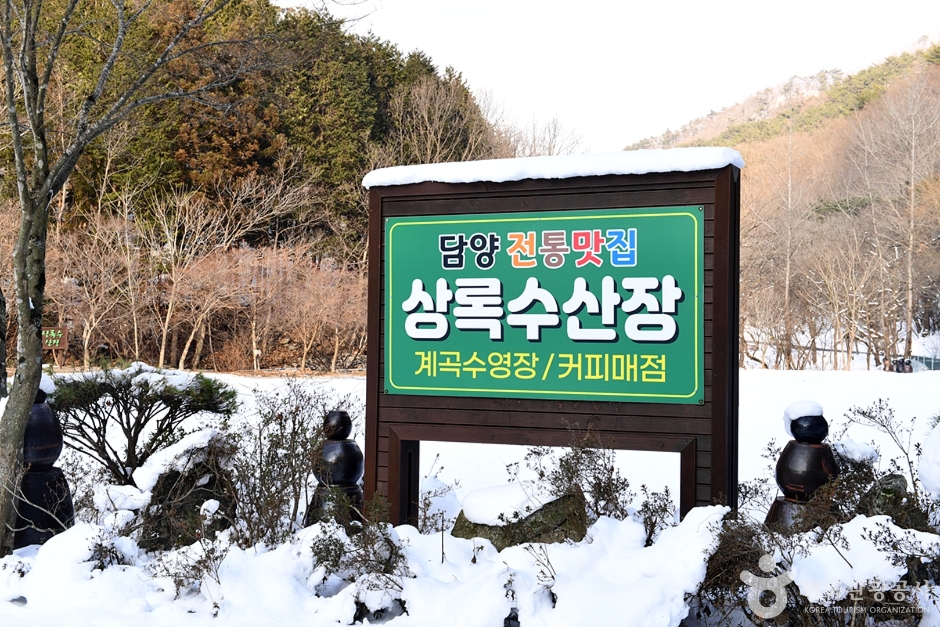
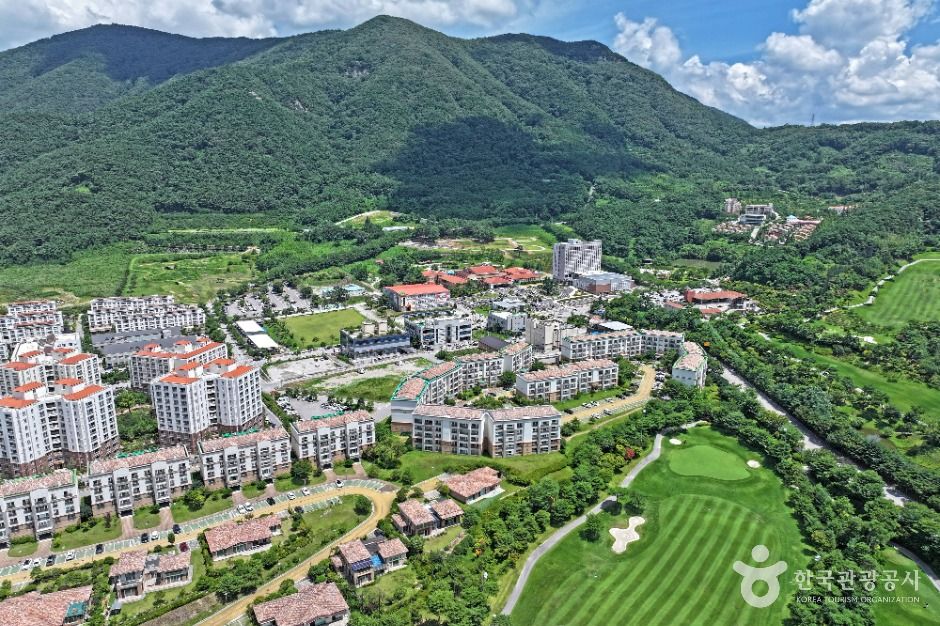
 English
English
 한국어
한국어 日本語
日本語 中文(简体)
中文(简体) Deutsch
Deutsch Français
Français Español
Español Русский
Русский